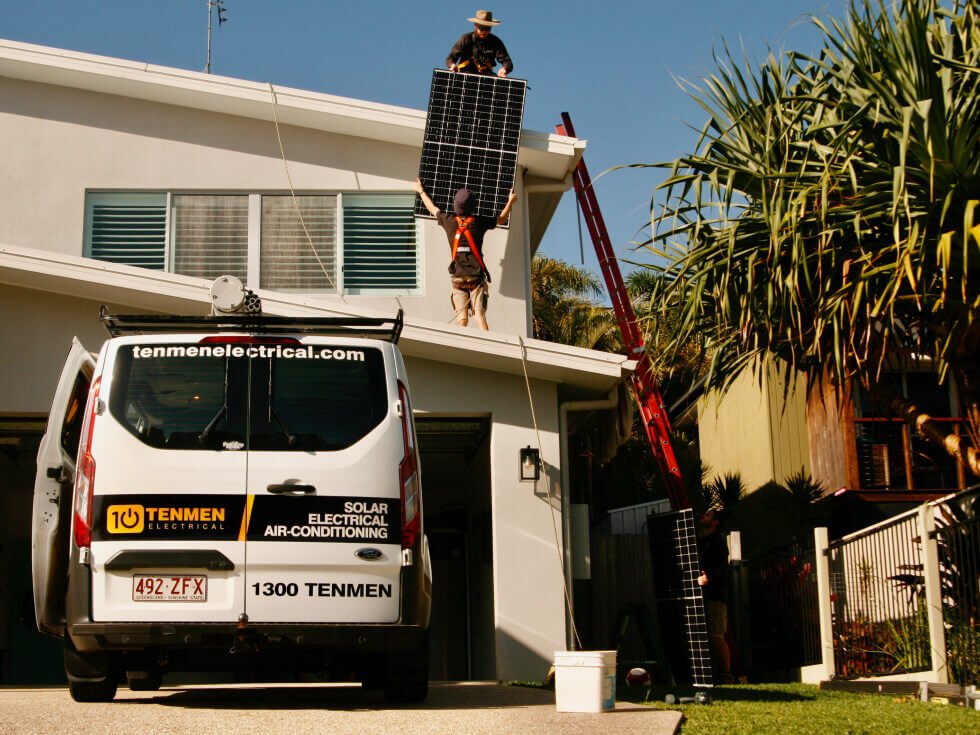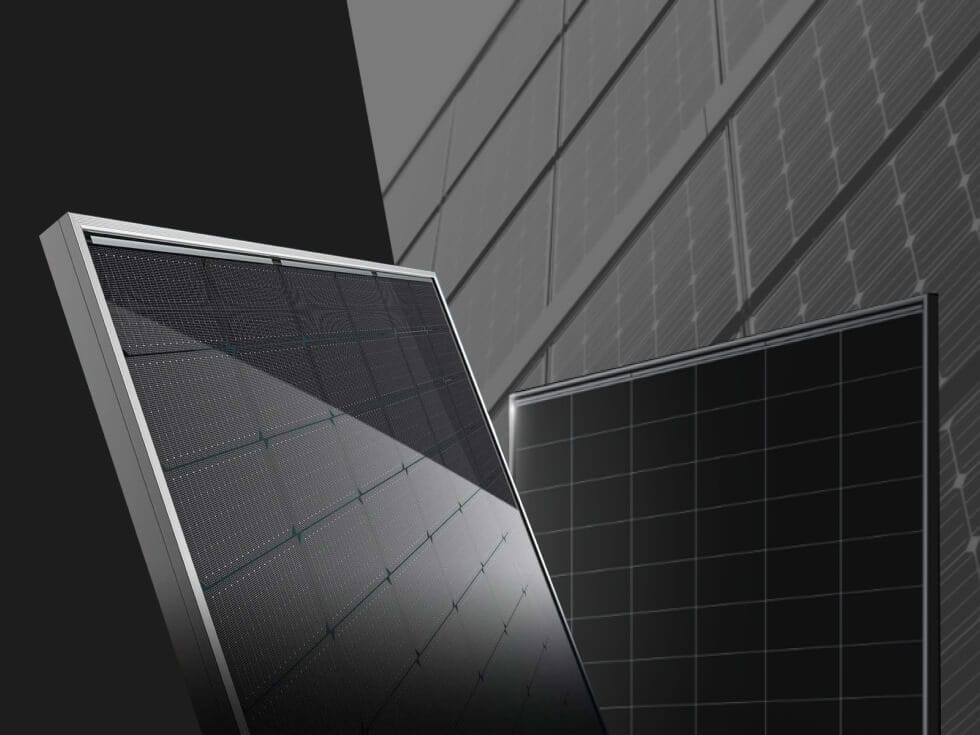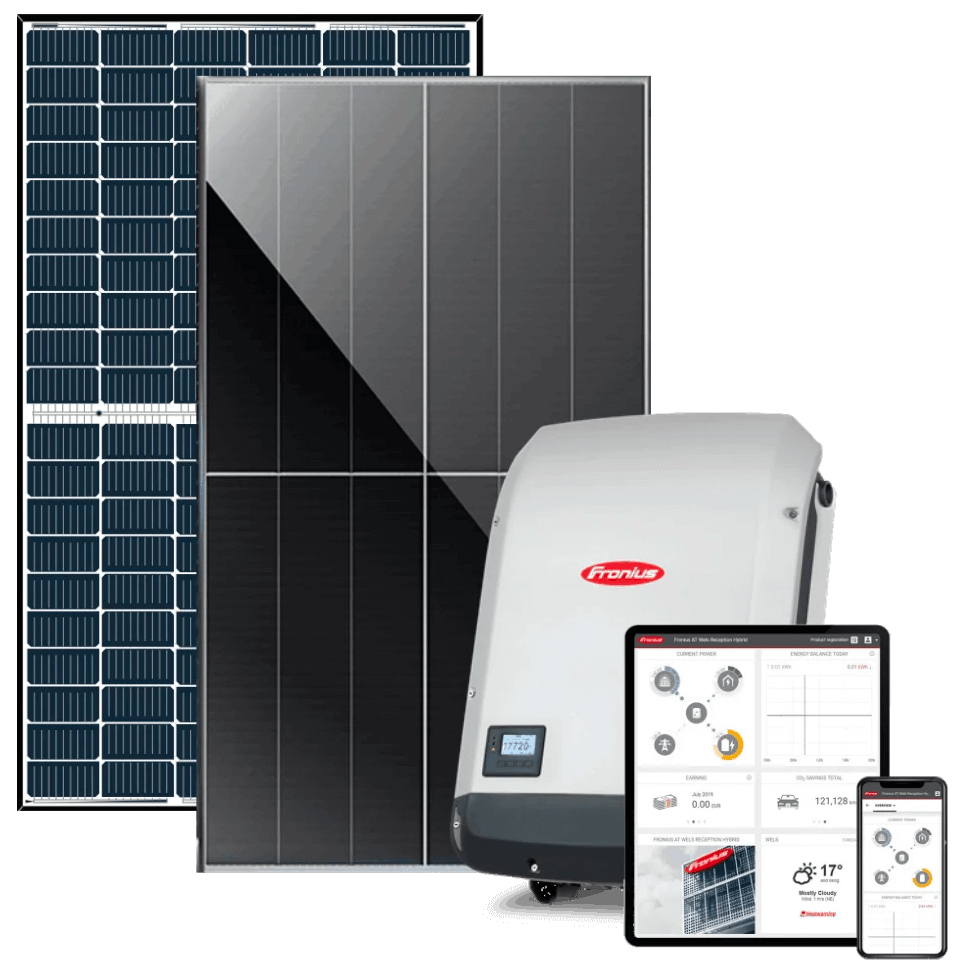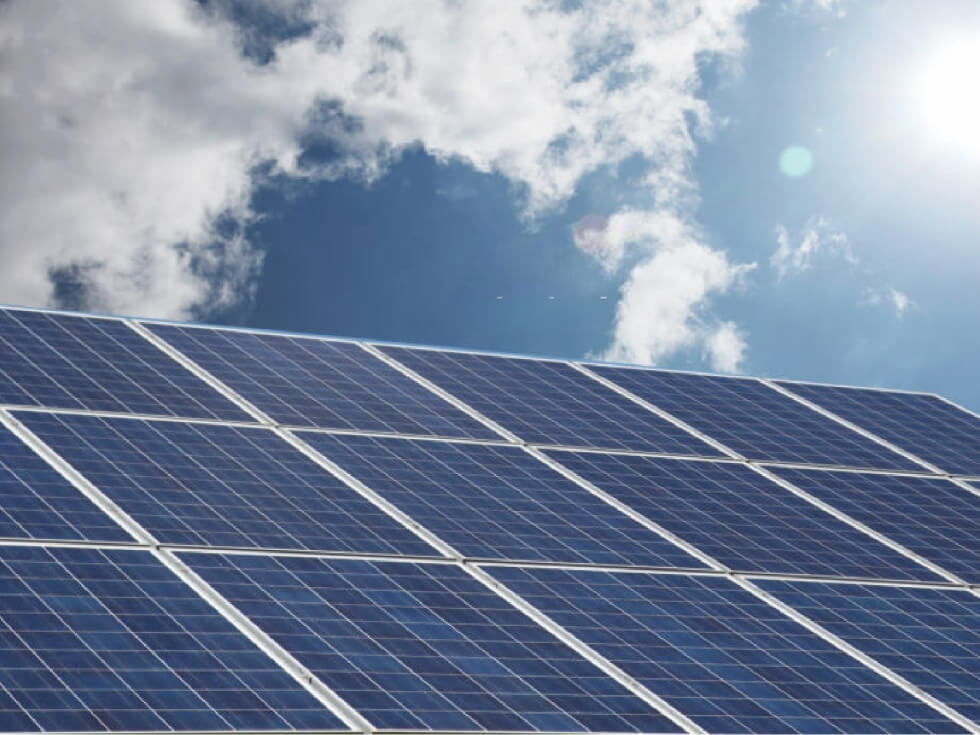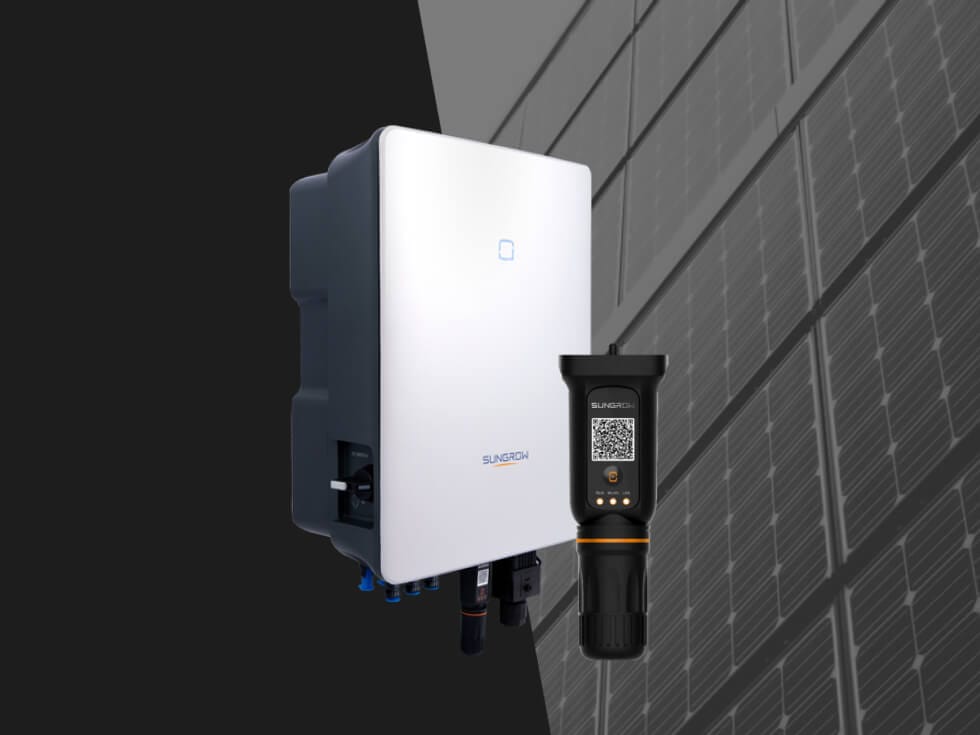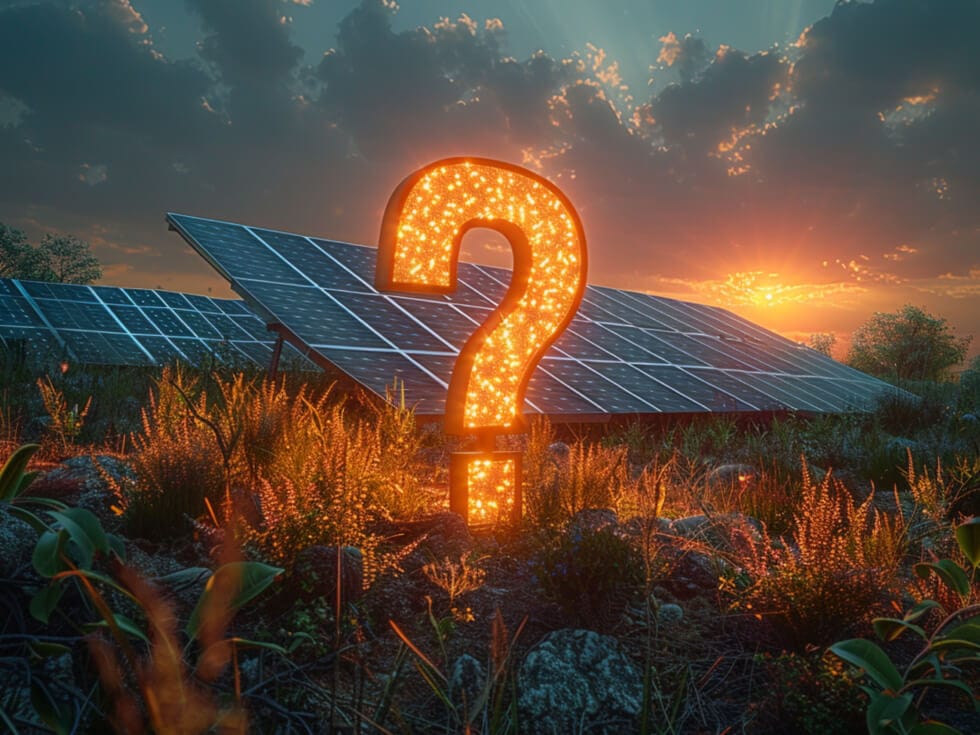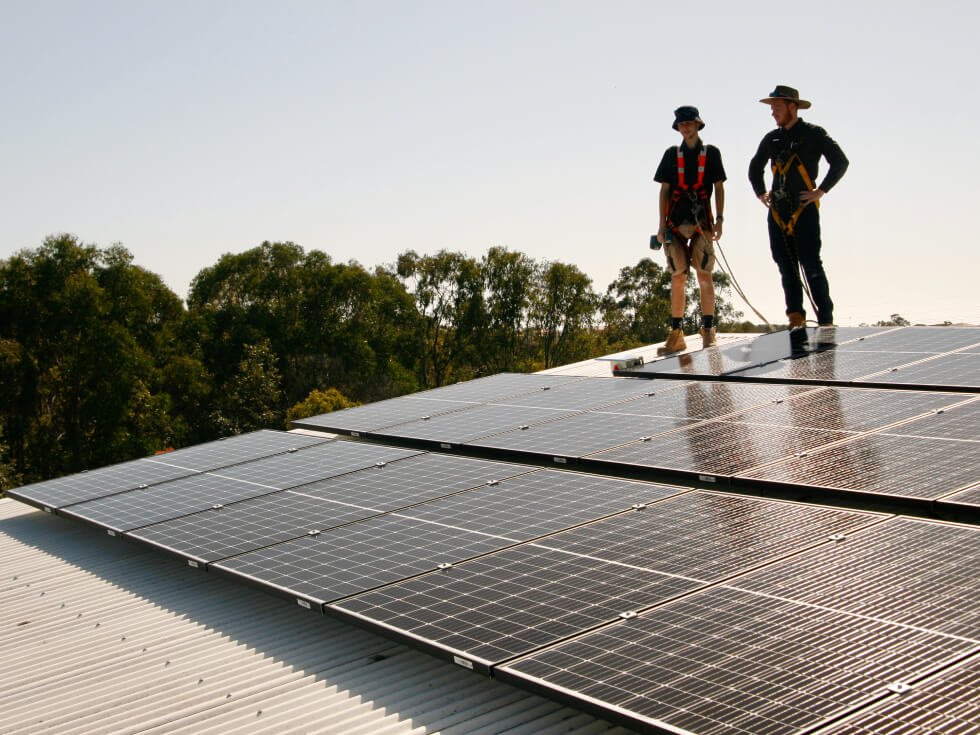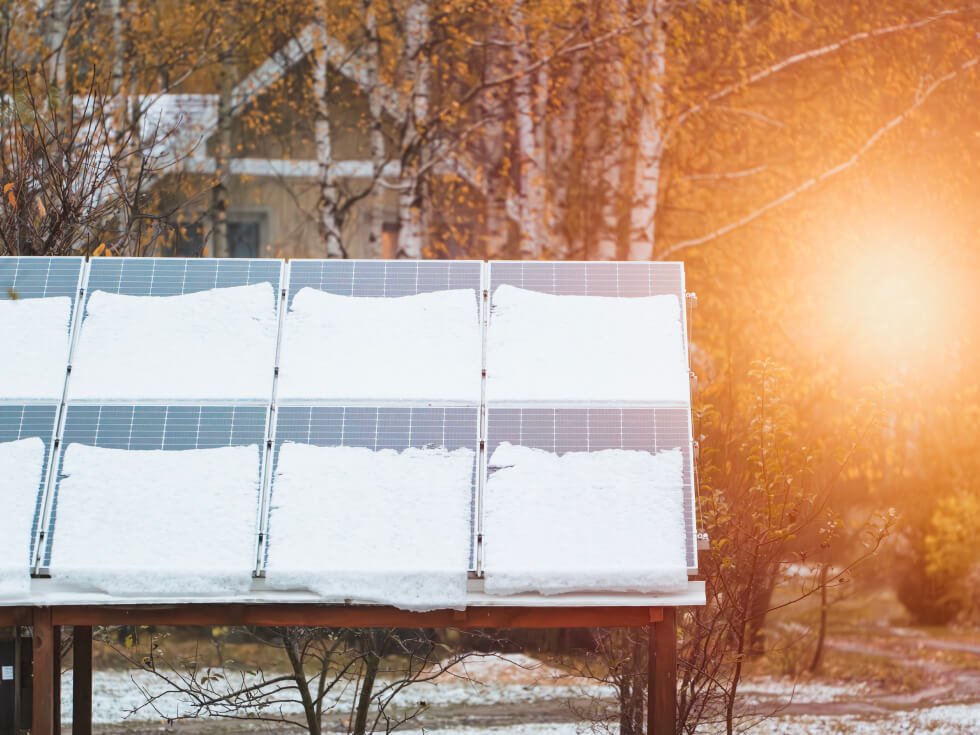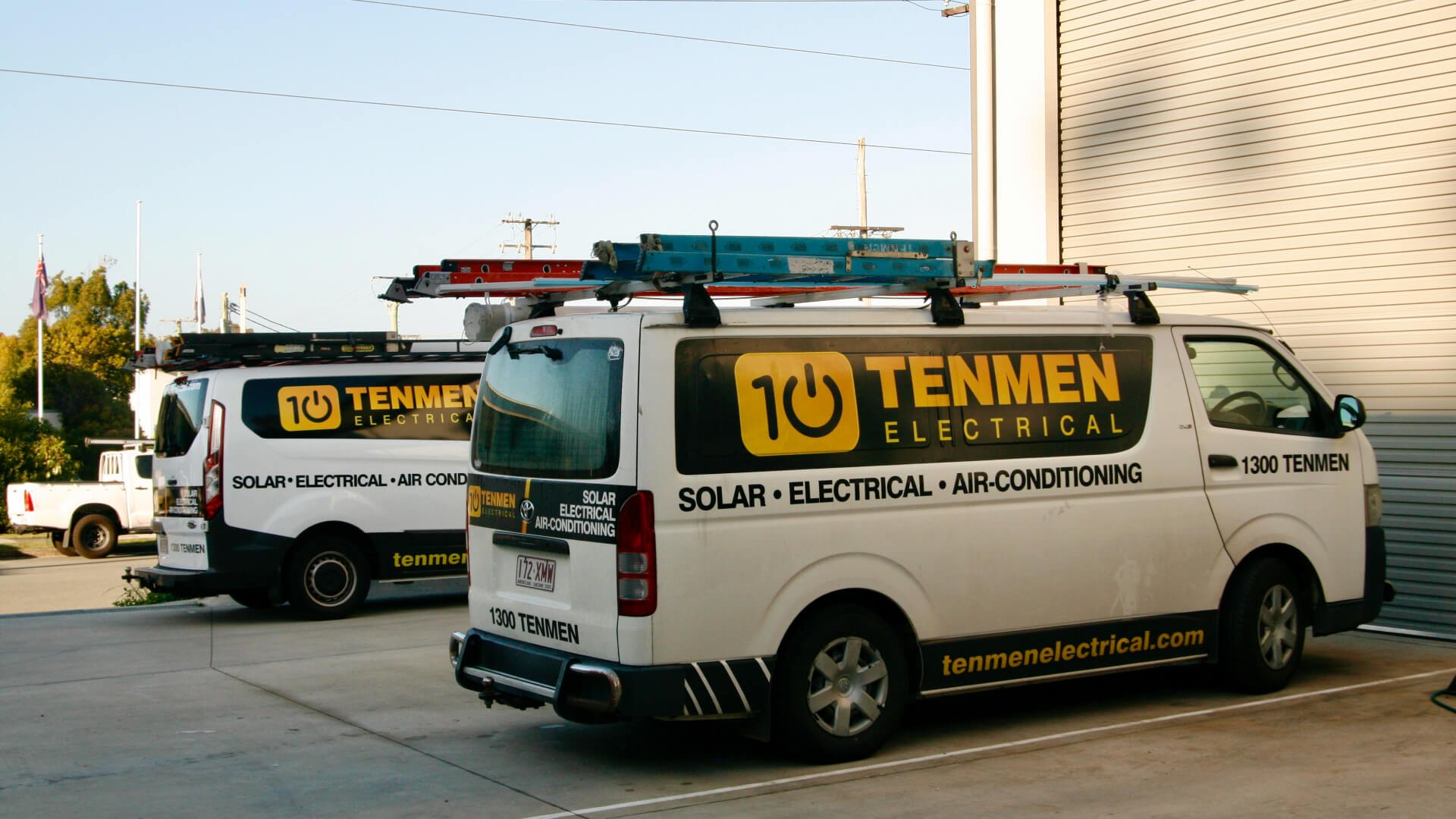Australia’s solar revolution continues to gain momentum, with over 3.84 million households and businesses adopting solar by mid-2024. Government incentives and a push for sustainability still make 2025 an ideal year to invest in solar.
In this article, we evaluate the best solar panels for residential use based on Tenmen’s rating methodology, which prioritises warranty, efficiency, and cost-effectiveness (ROI). Unlike some rankings that focus only on the longest warranties or highest efficiency ratings, Tenmen’s approach considers real-world performance, after-sales support, and financial return over a 10-year period—a more practical timeframe given the rapid changes in solar technology, regulations, and energy tariffs.
A Review of the Best Solar Panels in Australia for 2025
Below is a comparison table summarising key specifications for the top solar panel brands available in Australia.
| Brand | Model | Power | Maximum Efficiency | Product Warranty | Price Range |
|---|---|---|---|---|---|
| Jinko Solar | Tiger Neo (N-Type) | 440W | 22.5% | 25 years | $$ |
| SunPower | Maxeon 6 | 440W | 22.8% | 40 years | $$$ |
| REC Solar | Alpha Pure-RX | 450W | 21.6% | 25 years | $$ |
| Longi Solar | Hi-MO 6 Scientist | 440W | 22.5% | 25 years | $$ |
| Trina Solar | Vertex S+ | 440W | 22.0% | 25 years | $$ |
| Canadian Solar | TOPHiKu6 | 440W | 22.5% | 25 years | $$ |
| Winaico | WST-NGX-D3 | 450W | 23.0% | 30 years | $$ |
| Phono | Helios Clear | 440W | 22.0% | 30 years | $$ |
| Aiko | Neostar 2P | 470W | 23.6% | 25 years | $$ |
| TW Solar | Repower N G12R-4 | 455W | 22.8% | 15 years | $ |
| JA Solar | Deep Blue 4.0 Pro | 440W | 22.0% | 25 years | $$ |
Price ranges are represented as follows:
“$” = low price, “$$” = mid–range, “$$$” = premium pricing
These relative price indicators are based on aggregated Australian pricing data from sources like SolarQuotes and installer surveys. Keep in mind that actual prices may vary depending on location, installation package, and market conditions.
Best Solar Panels for Residential Installations in 2025
After evaluating efficiency, durability, cost-effectiveness, and real-world performance, here are Tenmen’s top recommendations for Australian homeowners in 2025.
Our rankings are based on independent analysis of key criteria as of early 2025 and may change over time depending on market conditions. Tenmen has no affiliation or commercial agreements with the brands listed, and we strongly encourage readers to consult local installers, who can recommend the best system based on their knowledge of your specific conditions.
🏆 Tenmen’s Choice: Jinko Tiger Neo (N-Type)
Best Balance of Price, Performance, and Warranty
The Jinko Tiger Neo N-Type series offers exceptional performance at a competitive price, making it Tenmen’s top choice in the mid-tier category for 2025.
Key Features:
- Power: 440W
- Efficiency: 22.5%
- Product Warranty: 25 years
- Performance Warranty: 30 years (87.4% retained output)
- Technology: N-Type TOPCon, ensuring lower degradation and superior low-light performance
Why Tenmen Recommends It:
With hundreds of Jinko panels installed and zero warranty claims, the brand has proven its reliability. The price-to-performance ratio remains one of the best in the industry, and their responsive customer support is a standout.
Best Entry-Level Panel: TW Solar Repower N G12R-48

Affordable, Reliable, and Backed by N-Type Technology
For those looking for a budget-friendly option without sacrificing quality, the TW Solar Repower N G12R-48 delivers solid performance at a great price.
Key Features:
- Power: 455W
- Efficiency: 22.8%
- Product Warranty: 15 years
- Performance Warranty: 30 years (87% retained output)
- Technology: N-Type TOPCon, ensuring lower degradation and improved low-light efficiency
Why Consider It:
TW Solar offers one of the best entry-level panels available, featuring N-Type technology typically found in higher-tier models. While it may not have the longest warranty or highest efficiency, it provides a cost-effective solution for those looking to go solar without overspending.
Best Mid-Tier Alternative to Jinko Solar: Aiko Neostar 2P
Cutting-Edge Technology for Maximum Efficiency
The Aiko Neostar 2P is another high-quality solar panel built for those seeking top performance. With industry-leading efficiency, it stands out as a strong contender in the mid-tier category.
Key Features:
- Power: 470W
- Efficiency: 23.6%
- Product Warranty: 25 years
- Performance Warranty: 30 years (89% retained output)
- Technology: ABC (All Back Contact), eliminating front-side busbars for superior light absorption
Why Consider It:
Aiko’s ABC technology sets it apart by enhancing efficiency and aesthetics while reducing shading losses. It’s an ideal choice for homeowners seeking maximum power output in a limited roof space or those wanting cutting-edge innovation in their solar investment.
Best High-Tier Panel: REC Alpha Pure-RX
Outstanding Performance at a Competitive Price
The REC Alpha Pure-RX stands out in the high-tier category, offering top performance without the steep premium price tag.
Key Features:
- Power: 450W
- Efficiency: 21.6%
- Product Warranty: 25 years
- Performance Warranty: 92% retained output after 25 years
- Technology: HJT (Heterojunction), providing reduced temperature losses and high durability
Why Consider It:
REC is known for solid after-sales support, making it a reliable choice. Its performance is close to top-tier options like SunPower but at a lower price, offering excellent value for those in the mid-tier market.
Methodology: How We Review the Best Solar Panels
While many rankings focus on maximum efficiency and warranty duration or the lowest price, Tenmen’s approach takes a more practical view, prioritising factors that, based on our decade of experience, truly impact the reliability and ongoing value for homeowners in the coming years.
Here’s what we consider when ranking solar panels:
Warranty: Long-Term Promises vs. Real-World Use
While a 40-year warranty may seem impressive, it doesn’t necessarily reflect the actual lifespan of most solar systems. In reality, solar technology, energy regulations, and pricing structures evolve rapidly, often requiring system adjustments long before the warranty period ends.
Over the past decade, solar system design has changed significantly. Panel sizing, orientation, and installation strategies have all adapted to shifting energy policies and market conditions. For instance, here on the Sunshine Coast, panel placement has evolved from a default north-facing setup to prioritising west-facing installations to maximise afternoon sunlight and offset peak electricity rates between 4 to 8 p.m. Feed-in tariffs, supply charges, and energy costs have also fluctuated—once generous, feed-in tariffs have dropped significantly, and supply charges are now a daily expense. These ongoing changes directly impact system design, performance, and the need for future upgrades.
For this reason, rather than focusing solely on the longest warranty, Tenmen prioritises real-world practicality. A 10-15 year warranty is typically sufficient for most systems, and anything beyond that is simply a bonus.
Another key consideration is the type of warranty coverage. Some manufacturers offer full panel replacements, while others only provide a refund of the panel’s cost. The latter can leave homeowners covering additional costs and installation fees, making it a far less favorable option. Understanding these differences is crucial when evaluating the long-term value of a solar investment.
Efficiency: Why Bigger Numbers Aren’t Always Better
While efficiency is an important factor, Tenmen doesn’t choose solar panels based solely on the highest efficiency ratings. In real-world applications, the difference between a top-tier efficiency panel and a slightly less efficient one can often be offset by simply adding an extra panel.
For example, a panel with 10% higher efficiency may seem like a superior option, but in a standard 6.6kW system, that gain can often be matched—or even exceeded—just by adding one additional 450W panel. This makes efficiency less of a deciding factor when evaluating return on investment.
Instead of prioritising the most efficient panel, Tenmen focuses on a balance of efficiency, cost, and overall system performance. The goal is to maximise the energy output and financial return of the system, rather than just chasing the highest efficiency percentage.
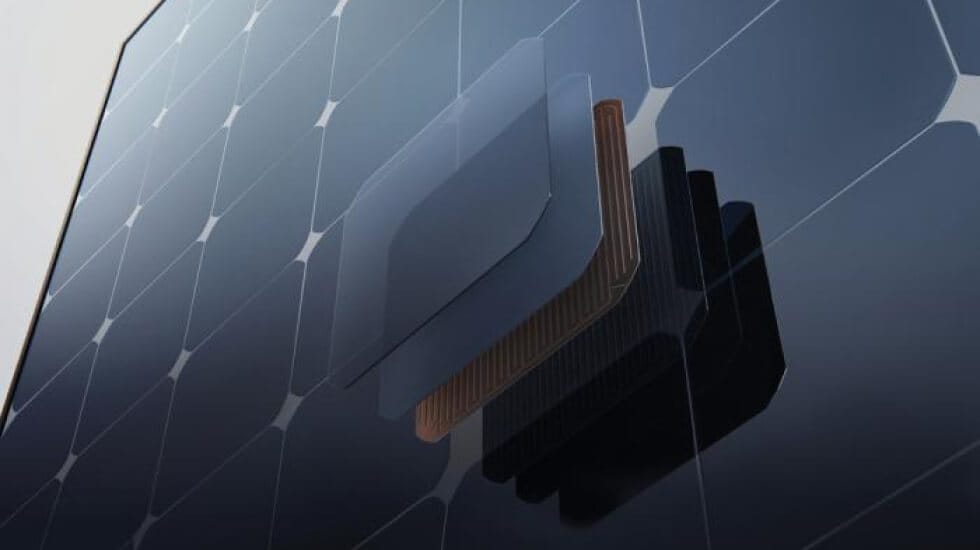
After-Sales Support: Reliability Beyond Installation
A solar panel’s quality isn’t just about efficiency and warranties—it’s also about the support you receive if something goes wrong. Even the best panels can encounter issues, and having a manufacturer with strong after-sales service ensures peace of mind.
Brands like REC and Jinko stand out in this regard, offering responsive customer support and reliable warranty fulfilment. In our experience, we haven’t had any warranty claims or callbacks on these brands, nor do we know of any installations that have. This track record of dependability is a crucial factor when selecting the best solar panels for long-term performance.
When choosing a solar panel, it’s essential to consider not just what’s on paper, but how well the manufacturer stands behind their product in real-world scenarios. A smooth and efficient warranty process can make all the difference in ensuring your solar investment continues to perform for years to come.
Return on Investment: The Factor That Ties It All Together
Finally, the ultimate measure of a solar system’s value is the return on investment (ROI) over a realistic timeframe.
Given the rapid evolution of solar technology and energy policies, a 10-year period is a more practical benchmark for evaluating ROI. Systems designed with this in mind ensure optimal payback times, factoring in panel costs, installation, available tariffs, and energy savings. Instead of overinvesting in marginal efficiency gains or ultra-long warranties, Tenmen prioritises systems that generate the most savings and benefits within this key timeframe.
By focusing on real-world performance and cost-effectiveness rather than marketing-driven specs, Tenmen ensures that homeowners get the best return on their solar investment—both in energy production and financial savings.
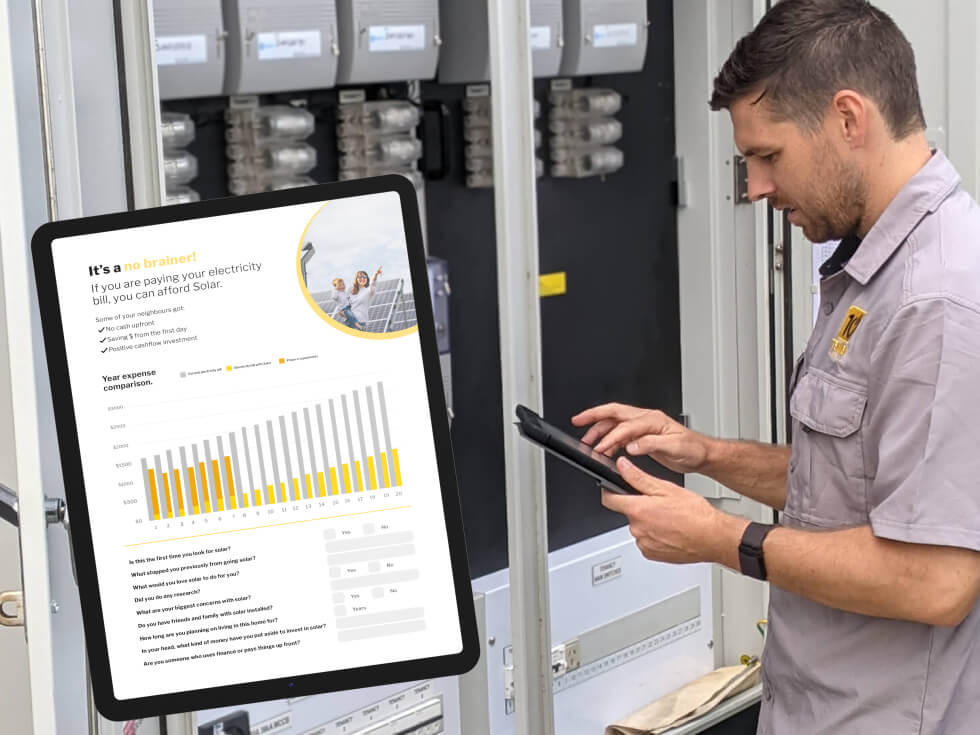
Common Myths About Solar Panel Selection
“Higher Efficiency = Better System”
Not necessarily. Instead of focusing solely on panel efficiency, consider the total system output. A slightly lower-efficiency panel in a slightly larger system can often generate more power than a higher-efficiency panel in a smaller system. In many cases, simply adding more panels is a more effective way to maximise energy production. For example, the difference between a 20% and a 22% efficiency panel can easily be offset by adding an extra panel to the system.
“Longest Warranty Means Best Panel”
A 40-year warranty is impressive, but most systems will undergo upgrades, replacements, or expansions within 10-15 years due to technological advancements, energy market changes, or tariff adjustments. What matters is how well the warranty is supported, not just its length.
“Premium Panels Always Mean Higher ROI”
Ultra-premium panels like SunPower deliver marginal efficiency gains for a significantly higher price. In many cases, like we already mentioned, installing an extra panel can compensate for a slightly lower efficiency rating at a much better price.
Additional Factors to Consider When Choosing Solar Panels
While rankings and reviews provide a strong starting point, the best solar panel for your home ultimately depends on factors unique to your situation. Here are some key considerations to ensure your system is tailored to your needs:
Energy Consumption: The size of your solar system should be tailored to your current and future energy needs. It’s important to evaluate each situation on a case-by-case basis. A system should be designed to accommodate your specific usage patterns and future changes in energy demand, ensuring the most efficient and cost-effective solution.
Available Roof Space: If roof space is limited, choosing panels with higher efficiency can help maximise power output within a smaller area. On the other hand, if space isn’t a constraint, lower-cost panels with slightly lower efficiency can still deliver excellent results.
Roof Orientation and Shading: The position and angle of your roof affect solar production. North-facing roofs generally receive the most sunlight in Australia, but east- and west-facing panels can also be beneficial, depending on when your household consumes the most energy. Partial shading from trees or nearby buildings may require the use of microinverters or optimisers.
Budget and Long-Term Savings: While premium panels offer the highest durability and performance, mid-tier options often provide the best return on investment for most homeowners. Consider your budget alongside the expected payback period and energy savings over time.
Battery Compatibility: If you plan to add battery storage in the future, choosing a system with high efficiency and strong warranties can ensure long-term performance and better integration with battery solutions.
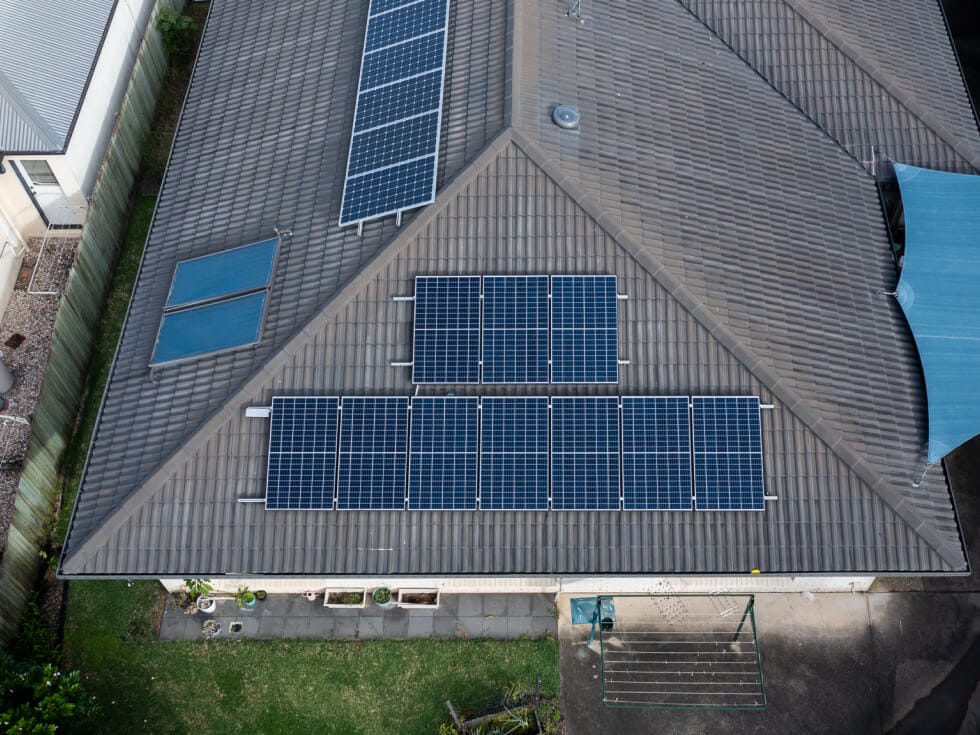
Final Thoughts
Investing in solar is one of the best ways to reduce electricity bills and increase energy independence. However, selecting the right system goes beyond just choosing the highest-rated panels – it’s about finding the right balance of performance, price, and long-term reliability. Whether you prioritise affordability, cutting-edge technology, or proven after-sales support, there’s an option that fits your needs.
At Tenmen Electrical, we specialise in helping homeowners choose the right solar system for their unique needs. Our experienced team provides personalised consultations, carefully evaluating all factors to ensure you maximise your investment and long-term savings.
Are you a homeowner on the Sunshine Coast ready to take the next step toward solar energy? Contact Tenmen Electrical today for a personalised consultation and free quotes from trusted local installers. Make a smart investment in renewable energy and enjoy decades of reliable, efficient power!
